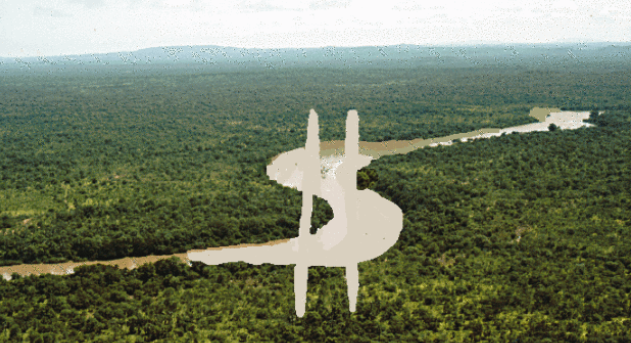
Humanity’s consumption is 60% more than sustainable (and getting worse)!
On looking back on previous blog posts, I noticed something a little worrying. We had made the case for why recycling was important, in respect of the scarce resources.
“As demand for raw resources continue to increase over time, with an increasing population, production processes reliant on the raw materials MUST consider every avenue, other than the consumption of our rare and scarce virgin natural resources, as the inputs and inputs to production. Recycled production inputs must make up an increasing and growing percentage of raw material requirements towards our global wants.”
Under models of “business-as-usual”, growth will drive global resources use to a staggering 180 billion tons per year by 2050. As Jason Hickel of Fast Company says, (26 March 2018):
“Here’s the magic number: 50 billion tons. That’s how much of the Earth’s materials and life forms we can safely use each year. That includes everything from wood to plastic, fish to livestock, minerals to metals: all the physical stuff that we consume. Right now, we’re using about 80 billion tons each year – way over the limit. So for growth to be green, we need to somehow get back down to 50 billion tons despite expanding the GDP.”
Scientific experts and later the United Nations have also considered the same questions and ran models of their own. All show a calamitous future situation based on current global consumption patterns. Consumption of raw materials and all other inputs to sustaining our lives at around 2-3 times what Earth can sustain.
So, how do we remove the Destructive Over-consumption down to a level supporting future sustainability on earth? Embracing the Circular Economy and recycling everything possible must be considered the “lowest hanging fruit” and a model we all understand!
A Circular economy is circular by design. Natural resources, once turned into something, can be reformed to their raw material inputs to be used for something else, a process that can be repeated. This circular model means that we do not need to add to the existing destruction and damage caused to our planet. This Circular Economy calls on sociality and humanity to build ecosystems of plastics reuse, metals reuse, electronics reuse etc. If we are reusing material, we do not need to extract as much, thereby reducing the over consumption matrix.
Enabling others to become circular is an important part of the environment4change global environmental strategy. Part of enabling this circularity to exist, in the neediest global hotspots, is the determination to invest in processes, plant and equipment to enable and complete this critical circular architecture. Creating a global directory of partners, reforming polluters and environmental organisations, will precipitate a change in attitude, away from a blame game to one where a global shared opportunity and responsibility is both recognised and acted upon. This is part of the environment4change marketplace and represents a module within the Platform as a Service (PaaS) architecture.
The environment4change team believes many more organisations will to do the right thing, would engage in the discussions and plans around re-engineering of processes and composite choices if help was available. The help needed is in respect of overcoming some of the ‘barriers’ to becoming a circular closed economy. Education and knowledge of alternatives are parts of the solution that will be addressed via a strategy of co-operation and collaboration and this is enabled via the environment4change platform.
